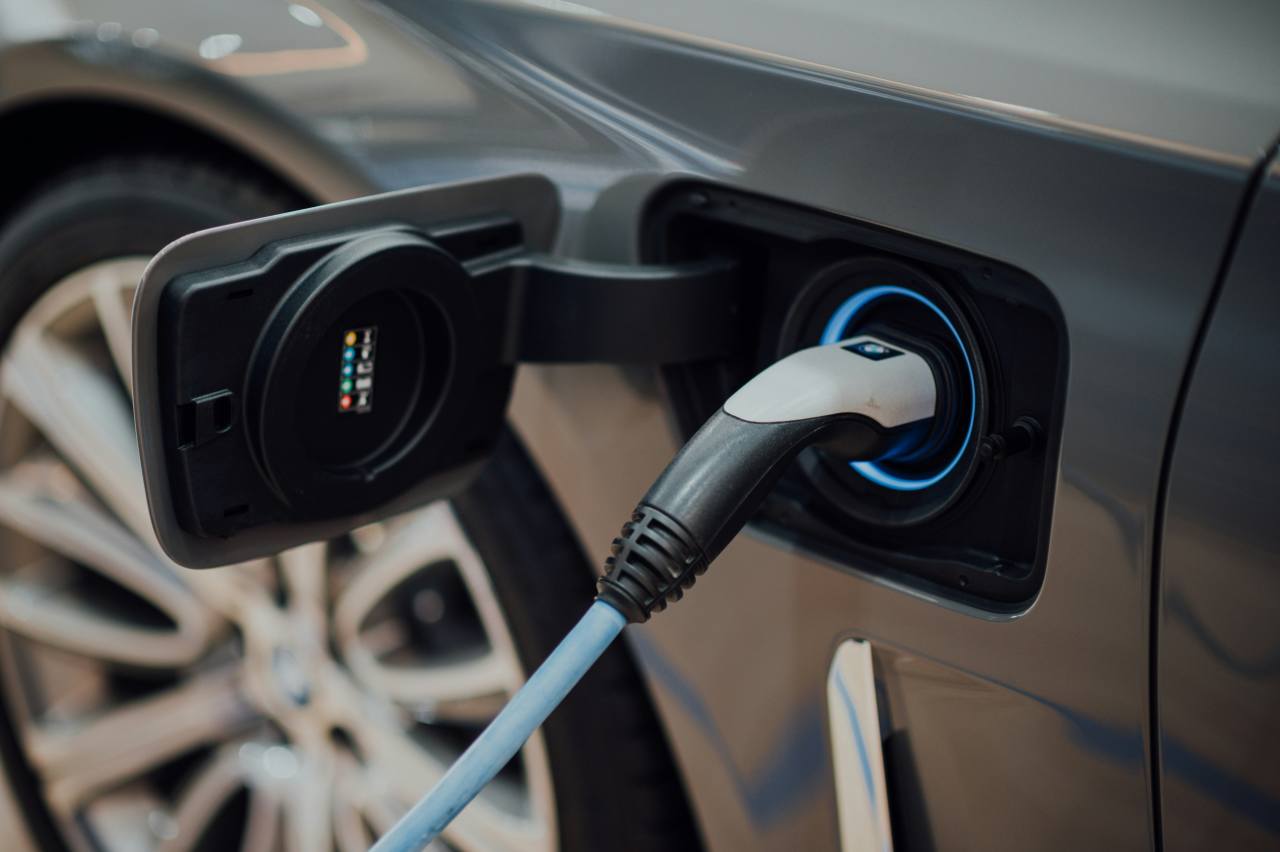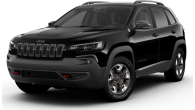The Lexus UX 300e might seem like just another electrified premium small SUV but it's a lot more significant than that.
While all eyes are on Toyota's bZ4X as the Japanese giant's first production electric car, Lexus has snuck in with the UX 300e first.
And as it shares its platform with much more mainstream offerings, like the Corolla and C-HR, it's by far your best look at what Toyota's fully-electrified future could look like.
Perhaps, though, you've found your way to this review because you want a Lexus alternative to the other two notable premium small SUV EVs to launch in recent times, the Volvo XC40 Recharge Pure Electric, and the Mercedes-Benz EQA 250.
And that's more than fair. This car is an interesting alternative to both and for this review we'll be taking a close look at what Lexus, and by extension Toyota, has to offer in this emerging electrified space.
Lexus UX300E 2022: Sports Luxury
| Engine Type | 0.0L |
|---|---|
| Fuel Type | Electric |
| Fuel Efficiency | 0.0L/100km (combined) |
| Seating | 5 |
| Price From | $46,200 - $53,680 |
| Safety Rating |
|
Does it represent good value for the price? What features does it come with?
The Lexus UX 300e in Sports Luxury grade as tested here wears a before-on-road cost of $81,000 and while it serves as the top-spec in the electric range for now, that's still a lot of cash on the table.
There's an argument that no EV with this much range is cheap. But when you look at the fact that the front-wheel drive 300e costs $21,900 more than the equivalent front-drive 250h hybrid model, and that it's more expensive than all-wheel drive versions of the Volvo XC40 Recharge Pure EV and its Polestar 2 equivalent, whilst also offering less range, you start to see that the UX 300e is a bit of a tall order.
.jpg)
That's not to say the UX 300e isn't well equipped. Quite the opposite. But there are other factors, which we'll look at later which may also detract from it compared to rivals.
Standard equipment at the Sports Luxury grade includes 18-inch alloy wheels, a 10.3-inch multimedia screen with Apple CarPlay and Android Auto support, built-in sat-nav, premium audio, a 7.0-inch digital dash cluster, a wireless phone charging bay, adaptive LED headlights, a 'moonroof', eight-way power adjustable front seats with heating and cooling functions, heated rear seats, full leather interior trim, keyless entry with push-start ignition, a power tailgate, and '3D' ambient interior lighting.
Not a bad set of gear, and the safety suite is impressive, too. The driving range, however, which comes in around 100km lower than most rivals, could be a problem.
.jpg)
Is there anything interesting about its design?
You wouldn't know the UX 300e is a purely electric model just by looking at it. Lexus has gone 100 per cent on the subtlety here, aside from the electric typeface on the lower quadrant of the rear doors, even sporting the same (seemingly unnecessary) grille as the regular hybrid and combustion versions.
With its zany Japanese design and squared-off coupe-like rear, though, the UX is still an acquired taste, perhaps for those who are already fans of Lexus' aesthetic.
.jpg)
Aside from the grille, which always dominates a Lexus face, the spidery LED headlights and matching 3D-effect rear lights add an element of intrigue.
Plastic claddings remind you this is an SUV first, regardless of what drives the wheels. While around the rear, stylish LED light fittings run into a bar across the back for a contemporary look.
Inside is much the same, with almost nothing to alert occupants to the fact that this SUV is driven by electricity. The big screen dominates the dash, complete with a quaint analogue clock fitting, and it's nice to see it matched by a vibrant digital dash which references the original Lexus IS in the layout of its central-dial cluster.
.jpg)
Apple CarPlay, which wasn't available on the UX at its launch, is a welcome addition, and looks nice and crisp on the big screen.
The main issue here, however, is its operation. Despite being constantly criticised for it, Lexus is hell-bent on maintaining its 'Remote Touch' touchpad controller, which is clumsy, inaccurate, and generally a nightmare to use while you're driving.
The angular dash design also closes in the space significantly, but I will give the brand props for cladding everything in nice soft materials. It might look a little weird, but at least the cabin feels luxurious.
.jpg)
How practical is the space inside?
Owing to its unconventional shape, the UX isn't exactly the most practical small SUV, even in the premium market. The front seats offer plenty of room and storage, but the cabin feels closed in.
The dash juts out into the passenger compartment, and the low roof and large A-pillars combine to create a claustrophobic feel.
.jpg)
Power adjustable seats are welcome, as are the large bottle holders in the door and set of two up front. The wireless charger which sits under the climate unit is easy to access, and the addition of a large soft-clad centre console box with a trick hinge that can open both ways is a thing of brilliance.
Again, the biggest downside for the driver and front passenger is the touchpad operation of that otherwise lovely multimedia screen.
Rear seats in the UX are nowhere near as good as the front ones. Behind my own driving position, my knees are hard up against the seat, and the overall closed-in feeling is exacerbated by the low roofline, high windowline, and heavily tinted rear windows.
.jpg)
At least the seats remain clad in that lovely leather, and amenities are decent, with two bottle holders in the drop-down armrest, dual adjustable centre air vents, heated outboard rear seats, and a pair of USB power outlets. That's unusually well equipped, especially for the small SUV segment.
The rear row also features dual ISOFIX and three top-tether child seat mounting points.
The boot is not huge, but surprisingly, at 414-litres still larger than combustion variants. Still couldn't swallow the three-piece CarsGuide luggage set, though. There's also no spare under the floor, the UX coming with a repair kit.
A polite touch, Lexus includes a Type2-to-Type2 public AC charging cable, as well as the expected wall socket to Type 2 slow-charger.
What are the key stats for the powertrain?
The UX 300e has a single electric motor mounted on the front axle, which produces 150kW/300Nm. It's by far the most powerful UX model but falls way short of the Volvo XC40 which offers not one 150kW/330Nm motor, but two (one on each axle)!
This leaves the UX 300e competing more closely with its Mercedes-Benz EQA 250 rival which offers a front-mounted motor producing slightly less power but slightly more torque (140kW/375Nm).
Like its rivals, the UX 300e has a single-speed reduction gear transmission.
.jpg)
How much does it consume? What's the range like, and what it's like to recharge/refuel?
Power for the UX 300e is sourced from a 54.3kWh lithium-ion battery pack, good for a WLTP-approved 305km. This is significantly less than its closest rivals, the Mercedes-Benz EQA 250 (426km) and Volvo XC40 Recharge pure electric (418km – even though it's all-wheel drive!).
When it comes to charging, there are a few issues to consider. Firstly, the UX 300e has two charging ports, the slower AC charging input on the driver's side which uses the European-standard Type 2 connection, and the DC port on the passenger side which uses the Japanese-standard CHAdeMO connector, also seen on the Nissan Leaf.
Sadly, the UX is not as fast to charge as some of its rivals. Charging on the CHAdeMO standard is limited to 50kW, meaning a charge time of around 80 minutes, while the AC inverter is limited to 6.6kW.
.jpg)
This means you can't take full advantage of the more common 11kW or 22kW AC charging locations, for an AC charging duration of "approximately 6.5 hours," according to Lexus.
It is notable that the XC40, Polestar 2, and Tesla Model 3 are all capable of 11kW charging at AC locations.
In a positive move for the luxury brand, Lexus will organise a JetCharge wallbox to be installed at your home.
The UX 300e also makes some ground back on the energy consumption front. Official consumption for this model comes in at 15kWh/100km, but on my week-long test (with the regen mostly maxed out) my test car produced 17.5kWh/100km.
It just misses its official claim, but still performed better than its Volvo, Polestar, and Mercedes rivals, all of which landed above 20kWh/100km on-test.
Warranty & Safety Rating
What safety equipment is fitted? What safety rating?
The UX 300e comes with the full gamut of active safety gear. Dubbed 'LSS+' the new suite offers radar-based auto emergency braking at freeway speeds with day and night pedestrian detection, and detection for cyclists during the day.
There is also lane keep assist with lane departure warning, blind spot monitoring with rear cross-traffic alert, dynamic auto high beams with cornering function, and traffic sign recognition.
This is a comprehensive safety suite with all the right ingredients on the market right now. There is also the standard array of electronic stability, brake, and traction controls, as well as eight airbags.
The entire UX range, including the 300e, is covered by a maximum five-star ANCAP safety rating to the 2018 standard. It scored remarkably highly across all categories for a car in the small SUV segment.
What does it cost to own? What warranty is offered?
Lexus offers a five year and unlimited kilometre warranty, which is rapidly becoming the norm in the premium market. BMW notably lags behind the field with three-year cover.
To go further, the UX 300e is offered with a 10-year/160,000km battery warranty, up from the industry standard eight. Not bad.
The UX is also notably cheap to service at this premium end of the market, at just $295 per 12 month/15,000km interval.
That's nearly on par with Toyota, although the price of that yearly visits still seems excessive for an EV with so few moving parts.
.jpg)
Included is a ChargeFox membership which gives you complimentary access to a the most comprehensive non-Tesla DC charging network in Australia.
There is also three years of Lexus' premium lifestyle benefits program, dubbed 'Encore Platinum' which includes dining experiences and the like.
The 'Platinum' grade also includes something called 'Lexus on Demand' which allows you to borrow a different Lexus model up to four times for up to eight days at a time over the duration of your membership.
Lexus has upped the game in the ownership department – perhaps under threat from Korean newcomer Genesis – but the established European players should take note: This is how you do a premium ownership program.
What's it like to drive?
The combustion and hybrid versions of the UX are competent, pleasant, but a little underwhelming behind the wheel.
The 'luxury' appointments of this model are also tarnished by noisy old engines used elsewhere by Toyota. The UX 300e though, well and truly addresses these problems.
The serenity and seamless power delivery of this electric motor finally provides motivation to match the cabin ambiance and ride quality the UX had all along.
.jpg)
I'm a big fan of how coherent this car is as an EV and a small luxury SUV, something it achieves better than its Merc EQA rival.
Aside from the peaceful character the UX takes on, this electric version is surprisingly engaging.
The steering is light and smooth, but still manages a decent amount of feedback, and the suspension handles the weight of the batteries reasonably well, too.
This car feels sturdy, and filters out bumps in its stride, not wallowing with the weight of the batteries like some EV versions of combustion vehicles do.
It's nice to see Toyota's TNGA-C platform (which the UX shares with the Corolla and C-HR) is so ready to handle the tribulations of the electric era.
.jpg)
But it's this car's Sport mode that caught me off guard. Flicking the switch across absolutely transforms it from a peaceful rolling lounge into something quite unhinged.
The silky power delivery is replaced by instantaneous thrust, which easily overwhelms the front tyres and throws the UX's chunky body around on the road.
What got into the engineers at Lexus HQ when coming up with this surprisingly uncouth solution for an otherwise sedate vehicle? Who knows, but they weren't kidding when they said the UX 300e will out-sprint its "nearest German BEV rival" to 100km/h by 1.9 seconds!
.jpg)
One irk I have with the UX 300e is its regen braking. It's fiddly to extract the most out of, and doesn't have the bite of rival systems, leaving room for improvement when it comes to energy consumption.
To maximise the amount of regen on offer, you need to switch the car to 'B' driving mode, then flick down through the levels using the paddle shifters until it reaches the max.
Simply driving it in the standard 'D' mode won't max it out, making it a bit fiddly if you want to use it every time you drive.
.jpg)
Other than that, the only thing that takes away from the UX's luxurious ambiance is road noise, which is nearly non-existent at commuter speeds but feels a little too loud at freeway speeds (still miles better in terms of refinement than the EQA though).
The UX has a lot of positive driving attributes, which bodes well for the brand, with just a few areas where some tweaks would make it something special.
Verdict
The UX 300e is easily the best, most luxurious feeling variant in the small SUV's line-up. It nails the luxury ambiance, provides smooth and ample power, and is surprisingly fun to drive while scoring well on safety and efficiency.
It would be nice to see better charging capabilities and a bit more range next time around to better compete with some of its key EV rivals. But for now, this is a welcome addition to the EV landscape, confirming Lexus is ready for what comes next.
Range and Specs
| Vehicle | Specs | Price* |
|---|---|---|
| ux300e Luxury | Electric, 1 SPEED AUTOMATIC | $52,690 - $60,610 |
| ux300e Sports Luxury | Electric, 1 SPEED AUTOMATIC | $46,200 - $53,680 |

.jpg)
.jpg)
.jpg)
.jpg)

.jpg)
.jpg)
.jpg)
.jpg)
.jpg)
.jpg)
.jpg)




































.png)








.png)



.jpg)
.jpg)
.jpg)
.jpg)
.jpg)

.jpg)